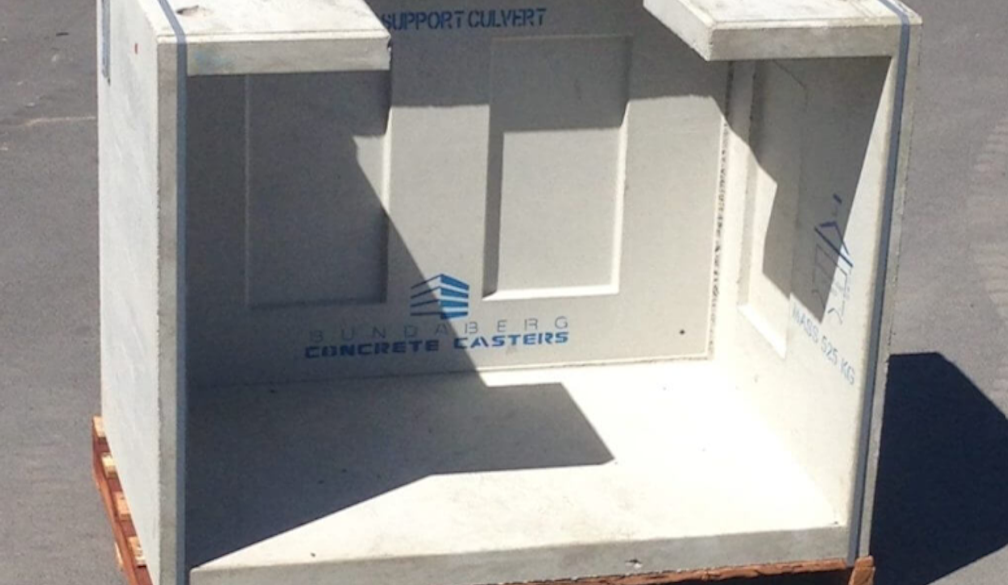The Concrete Chronicles: The Main Stages in Precast Production

Image Source: Bundaberg Concrete Casters
When choosing the material for our construction projects, we come across various materials and their alternatives that leave us in unending confusion about making the final decisions. Among these, one major consideration is the precast concrete.
While the quality of the material and its sustainable benefits may compel us to use it in our project, we often think about what makes it so durable and sturdy. Well! The answer lies in its intricate manufacturing process which ensures its high quality and lasting future. In this blog post, we are set to explore this intriguing process. Let’s get started to learn more.
What are Precast Concrete Components?
As its name indicates, precast concrete components are the concrete products that undergo off-site manufacturing and are later transferred to the main construction sites. Cement, sand and gravel is mixed with water to create concrete. Before it hardens, it is molded into various shapes to create different structures ranging from pipes to RMU Support Culverts.
Durable metals like steel bars are also used to reinforce concrete structures for enhanced sturdiness based on where you are planning to use them. Let’s have a look at their complex manufacturing procedure in the following section.
Key Phases in the Precast Concrete Manufacturing Process
Here are the steps that ensure the desired quality is met and that reliably designed concrete structures can be delivered to your doorstep.
-
Designing and Approval
The manufacturing process of precast concrete products is never spontaneous. The entire process is well-controlled and regulated by regulators to ensure the product is manufactured to Australian standards. So, instead of directly putting the concrete in required molds, the engineering experts design its structure with advanced tools and get approval from the regulators before diving into the manufacturing procedure.
-
Manufacturing Rebar Cages
From the approved design, you not only get the idea of the structure but also the dimensions that are precisely followed in the manufacturing process to ensure that the structure accurately fits in the required space. In this process, rebar/reinforcement bars are cut and bent at the required angle. Now all the pieces are tightly joined together to create the accurate structure that you need for your precast concrete product.
-
Mold Preparation for Shaping Concrete
The next step is to create forms or mold to shape the concrete structures. The large forms are usually made of steel as these are durable and can be used multiple times and later recycled to prepare other structures. However, small forms can also be manufactured using wood or plastic for fine detailing. Once the mold is ready, it is sprayed with Form Release Agent, so the final product can be easily demolded.
-
Preparation of Concrete Mixture
Now the concrete mixture is prepared according to the specified concentration by the experts. Each manufacturing unit for precast concrete has a laboratory that experiments and figures out the right concentration of cement, sand, chemical admixtures, and other materials required for the preparation of different kinds of concrete products. It varies from one unit to another. So, you only need to follow the instructions given by the experts regarding the mixing of high-quality material.
-
Concrete Pouring and Placement
The rebar cage is lifted and set into the particular mold designed for the required structure. Once you have prepared the concrete mixture, a final placement test is carried out. This test ensures that the concrete mixture consistency is perfect to let the content flow at the required rate. If everything is alright, the content is poured slowly into the mold, so no air is entrapped in the final product. Further, the concrete is vibrated to ensure any air pockets can escape before the concrete sets.
-
Curing and Demolding
Too high or low temperatures can damage the precast concrete and limit it to achieve the required strength. So, the curing temperature for precast components is highly regulated to let them dry at the required temperature and achieve their sturdy strength requirements. After curing, the final product is demolded from the form, and its quality is assured by professionals after a keen inspection. The product is then stored at our depot before being delivered to the construction site for final use.
Final Words
Manufacturing concrete products for the construction industry is an intricate process involving complex calculations, designing, and handling processes. From sourcing the raw material to delivering the finished products, the entire process is carefully handled by the experts, so the final product is delivered to the construction site in good shape with the highest quality for building lasting structures.



